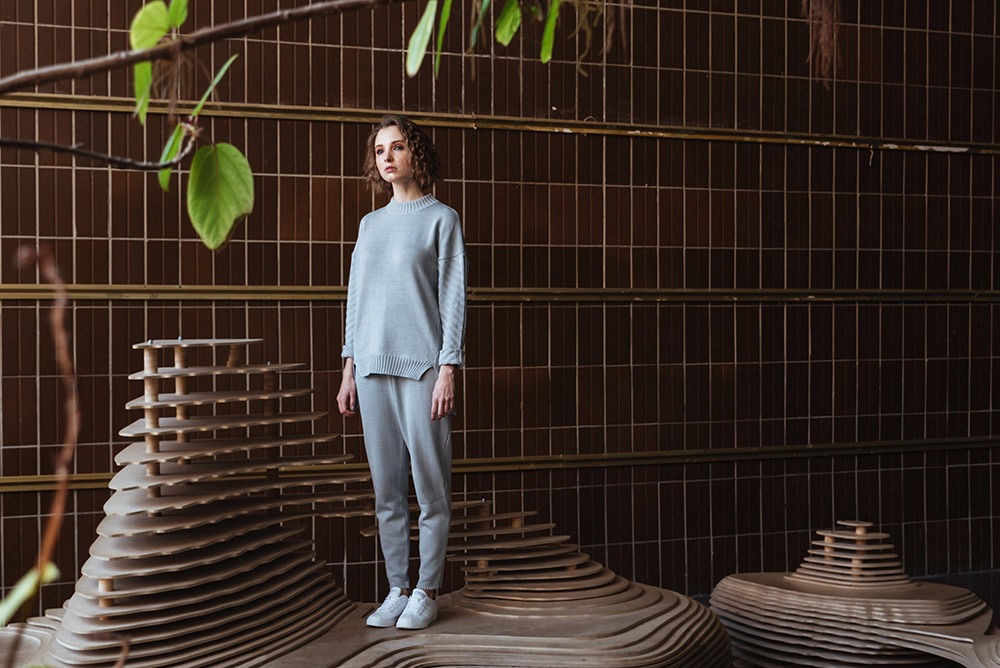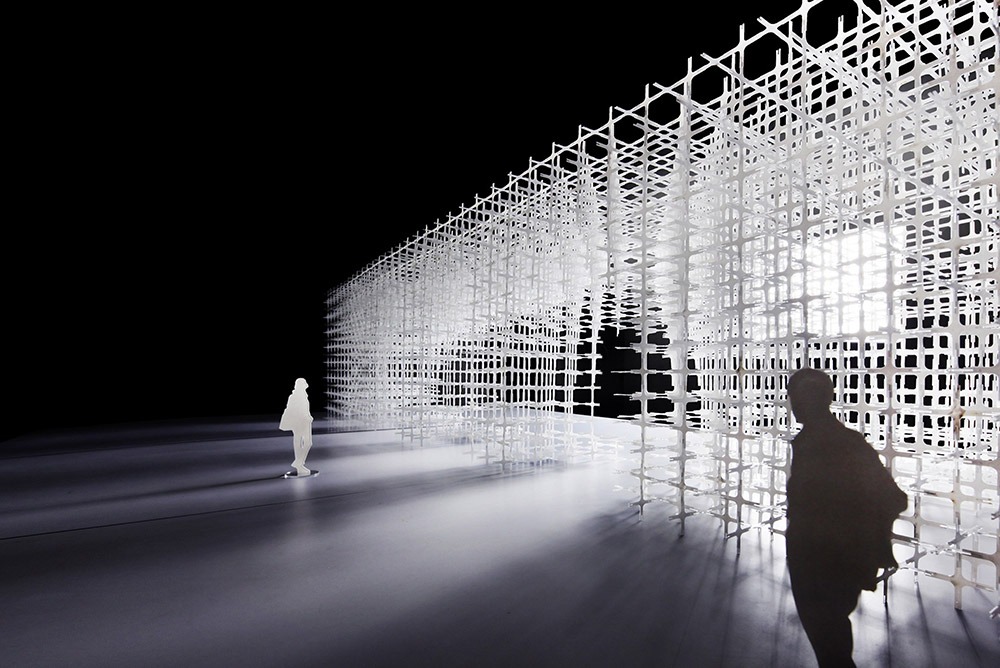How Can Architecture Shape Human Behavior?
Have you ever walked into a building or room and instantly felt calm?
Or stepped into a crowded, windowless office and felt your stress levels rise.
That’s not just a random reaction or a mood swing, but it’s the space around you silently influencing your mood.
The way a space is designed has a strong, often invisible, effect on how we feel, think, and behave. It can help us focus, make us feel safe, spark creativity, or even tear us down emotionally.
Whether it’s your home, your child’s classroom, or your office in Dubai, the spaces we live and work in are shaping us every day.
In this blog, we’ll explore how architecture affects human behavior and why the psychology of space is more important now than ever. You’ll see how thoughtful design can support emotions, boost productivity, and protect well-being, especially in the places we live, learn, and work.
Why the Way a Space Feels Isn’t Just in Your Head?
Architecture is more than materials and measurements. It’s about the emotions a space can trigger in people. The psychology of architecture studies how built environments affect human emotions, behavior, and mental states.
From the moment we enter a room, our brain starts processing the lighting, layout, colors, and even the ceiling height.
And, yes! If you’re wondering why, ‘I never felt or noticed that,’ there is nothing wrong with you. Because that happens in your subconscious mind without you realizing it, these features influence how we feel, how much energy we have, and how we relate to others.
This is where behavioral architecture comes in, a design that consciously shapes human response. When architects and designers understand how architecture affects human behavior, they can create spaces that support well-being rather than work against it.
How Spatial Design Can Shape Emotions Without You Noticing?
Think about how you feel in a bright, airy living room compared to a dark, cramped corridor. That difference isn’t accidental. The psychology of space shows us that elements like natural light, open layouts, soft colors, and gentle acoustics all play a part in how a space feels.
Light, for example, affects our circadian rhythm and mood. A home or office filled with daylight naturally makes people feel more awake and positive. Calming colors like greens and blues can help reduce anxiety, while chaotic, cluttered layouts may lead to mental fatigue.
In homes, thoughtful spatial design can support connection, peace, and comfort. In contrast, poorly planned spaces can cause friction and emotional disconnection.
This is the quiet influence of architecture and psychology working together!
Why the Architecture of Your Home Could Affect Your Mood and Energy?
Your home is more than just four walls. It’s where your thoughts are clear, your emotions calm, and your energy finds balance. The way it’s designed plays a quiet but powerful role in how you feel every day.
Open layouts can bring families closer, making connections and conversation feel effortless. On the other hand, small corners or cozy nooks offer moments of calm and personal space when you need to slow down.
Natural materials like wood, stone, and soft fabrics create warmth and comfort, while large windows ease stress by letting in sunlight and giving you a glimpse of the outdoors. Even ceiling height can change how free or boxed-in you feel.
Especially in Dubai, where life can be intense, a thoughtfully designed home can be a peaceful place that supports your emotional well-being.

School Design Can Make or Break How Well Students Learn and Focus
Children respond deeply to the spaces around them. The layout and design of a school can shape how they think, feel, and behave, often more than we realize.
Classrooms filled with natural light, flexible seating, and organized layouts make it easier for students to concentrate and feel at ease. These small architectural choices support emotional growth and learning without needing words.
Sound plays a big role, too. Poor acoustics, loud hallways, or constant background noise can raise stress levels and lower focus. On the other hand, well-designed shared areas, like libraries, corridors, and even cafeterias, can encourage both calmness and healthy interaction.
This is where behavioral architecture truly matters. When a school’s design supports how children naturally learn, explore, and connect, it doesn’t just improve education; it makes the entire experience feel better. The link between psychology and architecture is especially powerful in shaping young minds.
Your Office Design Might Be Quietly Killing Productivity or Helping It Thrive!
Workspaces across the UAE are shifting, and so are people’s needs. Productivity isn’t just about effort anymore. It’s also about how the space makes you feel while you work.
Poor design can drain energy without you even noticing. Harsh lighting, nonstop noise, no personal space, and stiff desk arrangements can quietly drain focus, raise stress, and lead to burnout. On the other hand, thoughtfully designed offices, with quiet zones, comfortable meeting spaces, natural elements, and flexible seating, create an environment where people feel more motivated and focused.
This is where architecture psychology becomes practical. By understanding the psychology of space, businesses can design work environments that support mental clarity, creativity, and well-being. It’s not just about how it looks but also about how well people function in the space every day.
Small Architectural Details Can Make a Big Difference in How People Behave
Sometimes, it’s the small design choices that make the biggest difference. In architecture and psychology, small choices, often overlooked, can gently shape how people feel, move, and behave inside a space.
The way a room is lit, the colors on the walls, or even the texture of the floor all contribute to someone’s experience. These details may seem minor, but together, they influence everything from stress levels to emotional comfort.
Here’s how:
Lighting
- Cool white light helps boost alertness and concentration.
- Warm lighting brings a gentle, relaxing feel, making it perfect for resting or having a quiet conversation.
Colors
- Earthy tones like beige, sage, and soft browns tend to feel grounding and emotionally steady.
- Bold colors like red can increase energy but also raise tension if overused.
Sound and Acoustics
- Hard surfaces reflect sound, leading to louder, more stressful environments.
- Soft textures, like curtains, carpets, or upholstered furniture, help reduce noise and create a sense of calm.
Flow and Layout
- Spaces with clear, open walkways feel more intuitive and less frustrating to move through.
- Messy or poorly planned layouts can make people feel frustrated or anxious.
Connection to Nature
- Elements like indoor plants, wooden textures, or access to outdoor views have been shown to lower anxiety and improve mood.
These small but meaningful touches are the foundation of behavioral architecture. They don’t just change how a space looks; they quietly shape how people feel and behave day after day.
Bad Architecture Can Slowly Drain Mental Health and Productivity!
Have you ever walked into a place and instantly felt heavy, tired, or just… off? That’s not your imagination. Some spaces take more from you than they give.
Dark rooms, poor lighting, constant noise, and messy layouts don’t just make a place look uninviting; they quietly wear you down. Day after day, they chip away at your focus, your mood, and even your relationships.
- Office workers stuck in grey, noisy spaces often feel drained before the day’s even started.
- Kids in stuffy, chaotic classrooms may act out or struggle to focus not because they’re lazy, but because the space doesn’t support how they learn.
- Families living in crowded or dim homes can start feeling disconnected, irritable, or emotionally stuck.
These effects build slowly, like background noise, and you stop noticing until burnout, tension, or emotional fatigue suddenly shows up.
That’s the real cost of ignoring architecture psychology. When spaces don’t support human behavior, they start to work against it. And over time, they change how people feel, think, and live without anyone realizing what’s really causing it.
Designing With Well-Being in Mind Leads to Happier and Healthier People
The good news? We’ve learned a lot. Architects and psychologists are now working together to create spaces that truly support emotional and mental well-being. This is a thoughtful design with people at the center.
Schools now include natural light and quiet corners that help children focus and feel safe. Homes are built to encourage calm, comfort, and connection. Offices are introducing greenery, softer lighting, and quiet zones that reduce stress and boost productivity.
When architecture and psychology work together, they help people feel better in the spaces they live, work, and grow.

Architecture Has Influence, and It’s Time We Start Using It Wisely!
Architecture affects our daily lives by influencing how we feel, behave, and interact with others.
Understanding how architecture affects human behavior helps us create more than just buildings; it helps us create better lives. Because how a space makes you feel matters just as much as how it looks.
When we design with people in mind, we build places that support happiness, comfort, connection, and well-being. That’s the kind of architecture the future needs.
If you’re ready to experience spaces that truly care for you and those around you, get in touch with Emkaan, an architecture company in Dubai today!
FAQs
Q1. How does architecture affect human behavior?
This can be seen in how space influences our mood, productivity, and social interactions. Design elements like lighting, layout, and acoustics play a crucial role in shaping emotions and behavior.
Q2. What is the psychology of space in architecture?
The psychology of space explores how physical environments impact our mental and emotional states. Architects use this understanding to create spaces that promote energy depending on the intended purpose.
Q3. How is psychology used in architecture?
Psychology in architecture involves applying principles of human behavior and perception to design spaces that meet emotional and psychological needs, such as reducing stress or encouraging collaboration.
Q4. What does architecture psychology focus on?
Architecture psychology focuses on the relationship between built environments and human experiences. It studies how architectural design can improve well-being, efficiency, and quality of life.
Q5. Why is the link between psychology and architecture important?
Understanding the connection between psychology and architecture helps designers create spaces that do more than look good, they feel good. This approach combines aesthetics with function to enhance the human experience.


